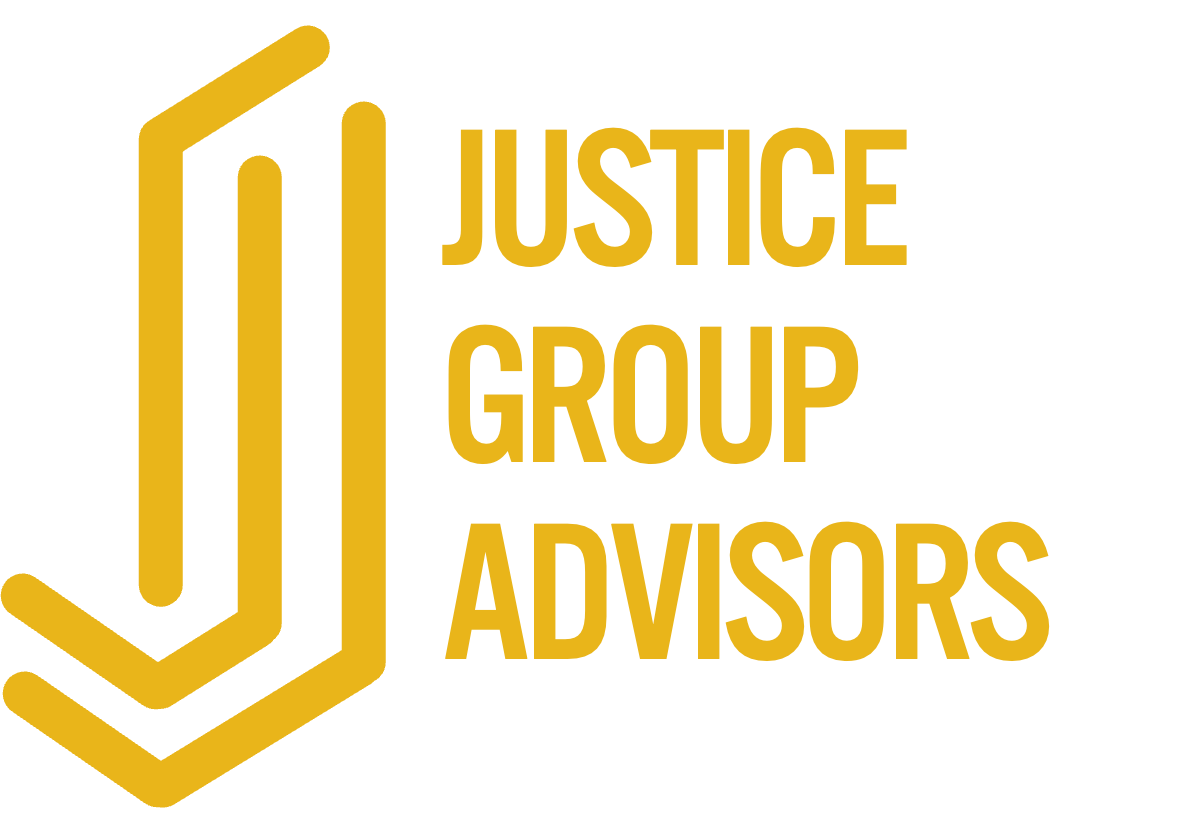Your Team Already Sees You as a Leader — Do You?
The gap between how others see you and how you see yourself isn't humility—it's inertia.
TL;DR
Even experienced leaders sometimes feel like they're still stepping into roles they've technically already earned.
That's because:
- Identity develops more slowly than external achievements
- Titles and influence shift fast; self-perception needs time
- Until both align, confidence may lag behind responsibility
This misalignment can quietly erode conviction — even at the top.
This article is part of our Enterprise Leadership Series, exploring what changes when leaders move from functional excellence to enterprise impact.
There's a moment in every leader's career when the room goes quiet and you realize everyone's waiting for you to speak. It's subtle, but unmistakable: your team is waiting for you to set the direction. It catches you off guard because inside, part of you still feels like the person who used to wait for someone else to go first—the one learning the ropes, collecting context, proving your value.
But somewhere along the way, without announcing itself, the shift happened.
Now you're the one people take their cues from. And yet when someone calls you "senior leadership," it still feels a little surreal. Because in your head, you're still catching up to who your title says you are.
The Quiet Gap That Holds Leaders Back
Your title can change overnight — but your identity takes longer to catch up.
It's not insecurity. It's inertia.
You were so focused on delivering results, earning trust, and proving your worth that you never stopped to notice when you crossed the threshold. One day you were the one looking up, waiting for someone else to set the tone. The next, you're the one they're waiting for — and part of you still hasn't caught up to that reality.
That's the gap.
I worked with a VP who ran a 200-person organization and consistently delivered results that exceeded expectations. In executive meetings, she'd present her recommendations—thoroughly researched, strategically sound—and then add, "But I'd love to hear what others think before we decide." She thought she was being collaborative. Her CEO saw it differently: "You're waiting for permission you don't need. When you hedge like that, it makes everyone else second-guess the plan."
She wasn't lacking competence. She was still operating from an identity that predated her actual authority.
And it shows up in ways that are easy to miss but costly to keep:
You hesitate to weigh in until you're sure — thinking it's humility.
You present updates as reports instead of recommendations.
You soften strong calls so you don't sound "pushy."
No one calls it out, but the organization feels it.
They're waiting for you to inhabit what they already believe: that you're the one setting direction now. And until you do, your leadership — and theirs — will run a little slower than it should.
The Mirror Has Flipped
Remember how you used to watch senior leaders — how you parsed every word, every glance, every decision?
That's how people are watching you now.
You're not just in the room. You are the room people are trying to get into.
Your words shift direction. Your confidence calibrates the culture.
And the truth is, the leaders you once admired weren't more certain — they were simply more accepting of uncertainty.
They’d learned that confidence isn’t a feeling.
It’s a signal.
And when you send it, others follow.
From Proving to Owning
The leaders who make the leap from capable to catalytic all make one subtle but profound shift:
They stop trying to prove they deserve the seat — and start acting as if the seat was built for them.
The shift isn't dramatic—it's a series of micro-adjustments:
Speaking from enterprise perspective, not functional expertise. Instead of "My team can deliver X," it's "Here's what the business needs and how we'll get there."
Naming trade-offs out loud instead of silently processing them. "If we prioritize speed, we'll sacrifice some quality in the short term—I think that's the right call."
Framing decisions, not just contributing input. "Here's what I recommend and why" rather than "Here are some options to consider."
Asking, "What future are we shaping here?" instead of "What's expected of me?"
Leadership grows in proportion to how fully you inhabit your authority.
A Self-Check for Leaders Who've "Arrived"
You're in a strategy meeting. You have a strong point of view. But you wait to see which way the room is leaning before you speak.
That's the gap.
Here's where else it shows up:
Where do I soften my language when I actually need to be definitive?
In which conversations do I default to reporting facts instead of shaping decisions?
What decision am I pretending someone else needs to make?
Where do I still seek consensus when I should be providing direction?
Now take it deeper:
If I believed — truly believed — that I belonged at this level, how would I speak differently?
What would I stop asking permission for?
Where would I draw a harder line or make a bolder call?
The goal isn't to be louder or more confident.
It's to lead from the full weight of the role you already hold — and notice what shifts when you do.
Own What's Already True
You don't need another credential, another year, or another sign of readiness.
You just need to recognize the leadership that's already present in you — and let the way you show up reflect it.
You've done the work. You've earned the trust.
Now it's about alignment, not achievement.
Because the title didn't change who you are.
It simply revealed the leader you've already become.
This is the work I do every day with leaders at the VP and C-suite level — helping them bridge the space between title and identity so they can lead with the weight their role demands.
If you recognize this pattern and you're ready to close that gap, let's talk.




